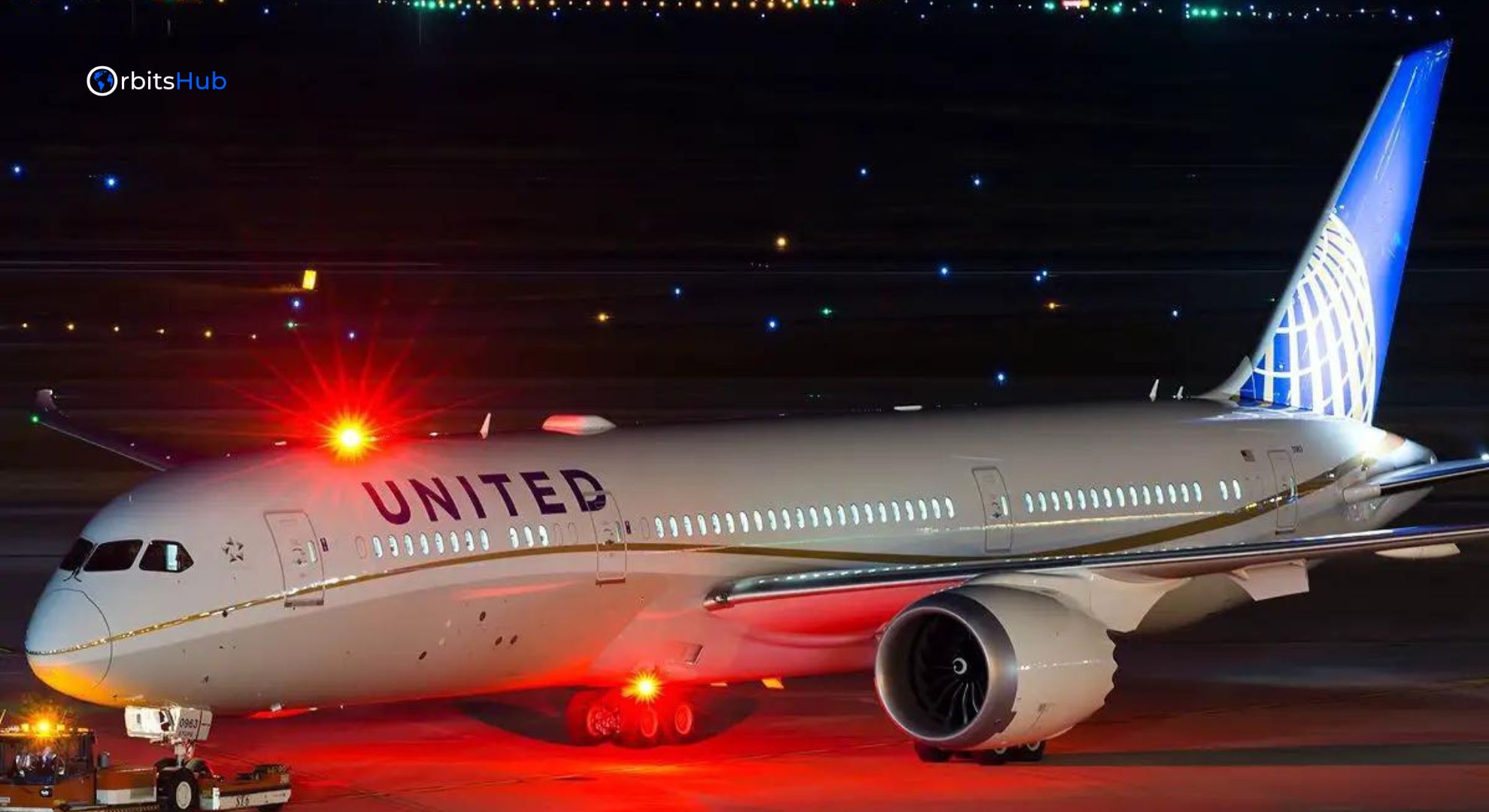How Aircraft Lights Improve Safety: 4 Key Benefits
Whether you are a passenger or a pilot, flying in an aircraft requires much more than merely negotiating the heavens. Safety is always first in aviation, and aircraft lighting systems are among the unsung heroes of the field. More than mere illumination, aircraft lights are extremely important for improving vision, signaling, and accident prevention.
Enhancing Visibility
Particularly on night flights or in bad weather, one of the most important purposes of aircraft lights is to guarantee visibility in low light levels. Pilots depend on several illumination systems to keep awareness of their surroundings and prevent possible accidents with other aircraft or objects. In this sense, aircraft lighting systems—which include strobe lights, navigation lights, and landing lights—are absolutely vital. Designed especially for use during takeoff and landing, landing lights—bright and strong—provide low-visibility runway or taxiway lighting. These lights let the pilot better evaluate their surroundings—that is, the closeness of other aircraft, runway conditions, and any runway impediments. Conversely, strobe lights provide a strong flash at regular intervals, which increases aircraft visibility to other pilots. Particularly in congested airspace or while flying in situations with poor visibility, these highly visible lights may be seen from a large distance, therefore greatly lowering the chance of mid-air crashes.
Aircraft Recognition and Identification
Particularly in highly congested areas or under poorly illuminated situations, airplane lights are essential for the identification and recognition of aircraft. Often, as you gaze up into the nighttime sky, you may see various light colors flashing or sparkling from airplanes. These many light hues and patterns serve a practical need rather than only ornamentation. Every aircraft features a set of conventional navigation lights, comprising a red light on the left wingtip, a green light on the right wingtip, and a white light on the tail. Particularly useful for pilots flying at night or in low-light settings, including dawn or sunset, these colored lights aid in identifying one aircraft from another. The navigation lights enable pilots to position themselves relative to the aircraft they are monitoring, therefore facilitating the assessment of whether they are approaching from the front, rear, or side.
Supporting Pilots in Critical Maneuvers
Throughout important phases of flight, including takeoff, landing, and taxiing, aircraft lighting systems are essential. Every second matters during these times hence a smooth and safe operation depends on excellent vision. The landing light is among the most crucial ones in this sense. Particularly in foreign or poorly lit airports, landing lights give pilots much-needed sight both during takeoff and landing. Pilots landing an aircraft must view the runway as well as any potential hazards in the flight path, including other aircraft or wildlife. Landing lights light the runway so that pilots may evaluate their approach and modify their height and path. Pilots might find it difficult to evaluate the runway length, condition, or traffic without these lights, therefore increasing the risk and difficulty of the landing.
Warning and Emergency Indicators
Signaling ground staff and other aircraft that the aircraft is in motion or has encountered an emergency is mostly dependent on aircraft lights. Designed to guarantee that an aircraft is readily seen in crucial circumstances, these illumination systems include beacon lights, anti-collision lights, and emergency strobes. Anti-collision lights, including rotating beacon lights, flash to notify other aircraft and ground workers that the aircraft is in motion while it is either taking off or landing. This is especially crucial during packed times as it guarantees that others know the aircraft exists and may change their posture in line. In low visibility, anti-collision lights are especially crucial as ground staff and pilots would not be able to view the aircraft otherwise properly.
Conclusion
Although at first look airplane lighting systems seem like basic fixtures, they are absolutely fundamental for aviation safety. From ensuring visibility and recognition in low light settings to helping pilots in crucial maneuvers and offering emergency signals, these lights serve in several capacities. Whether it’s avoiding crashes, facilitating landings and takeoff, or supporting search-and-rescue operations, every light on an aircraft is painstakingly built to increase safety.
Keep an eye for more latest news & updates on Tamasha!
